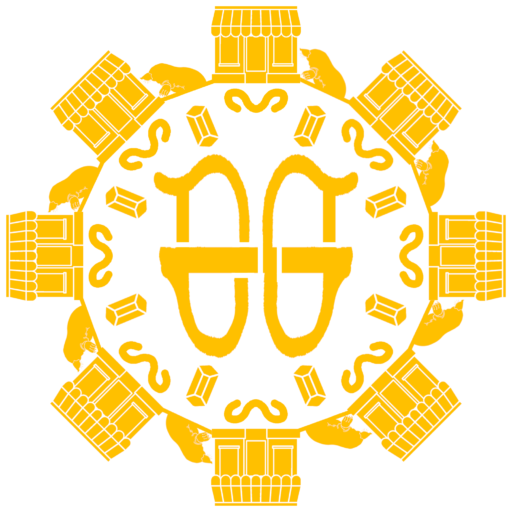This language was originally planned for another world-building project which did not take off and the language was originally called Dae\’edd\’n, which was an homage to David Eddings, who wrote the Belgariad fantasy series. It was originally intended to be located in the northernmost part of a continent.
When it this \”decoder\” provided words for the Koldeinian languages, I eventually developed the Falithifel language. Like Dae\’edd\’n, this language also has glottal stops.
Originally, Falithifel and two other of my conlangs, Terameluv and Sifis, were considered separate, however I wanted to make them parts of the same language family tree. Therefore, they would need to have similar sounding words that would have changed through migrations. So there were some words that were originally in those conlangs that I wanted to keep, so the new cognates would reflect the sound changes.
Of course, I had fairly recently developed the proto-languages in order to explain how these languages are connected. Normally, Mark Rosenfelder would suggest starting with a proto-language first; however, the point of the protolanguage is to decipher what the common ancestor of the languages could look like and is not meant to be a definite description of the ancient language. If anything, it should be used as a template in order to produce any language that would spring from it. That would definitely be an important lesson to tell my younger self before he makes entirely different languages without any foundation.
Since this \”dragon-tongue\” started evolving in its own way, I decided to include the frequency of glottal stops, voiced alveolar fricatives [z], and unvoiced dental fricatives [th]. There is also a unique consonant called the dental-alveolar fricative [ɬ], which features in names and words like House Laɬiker. It comes from Welsh, which is one of the major influences behind this language.
Inspirations from Natural Languages
The languages that borrow the most amount of inspiration would have to be the Celtic languages, specifically the Brittonic languages and Gaulish. This becomes especially apparent with the presence of noun mutations. Also like Welsh, it conjugates the auxiliary word \”to be\” to any verb in order to create a verb-noun. While there is an adjectival case [+ith], the noun phrases would need apposition with the definite article, just like in Cornish and Breton. Also, like Welsh, the verb \”to be\” conjugates a verb so as to indicate an imperfect tense.
As for the language family upon which Falithifel would reside, there are the Italo-Celtic, Indo-European, and Semitic roots; therefore the inspirations would include Hebrew and Latin.
Sources
- Hemon, Roparz. \”Breton Grammar.\” 3rd edition. Translated by Michael Everson. Evertype. 2011.
- Rosenfelder, Mark. “The Language Reconstruction Kit.” Yonagu Books. 2010.
- Wikipedia
- Cornish Grammar
- Nounverb.
- Voiceless dental and alveolar lateral fricatives.
